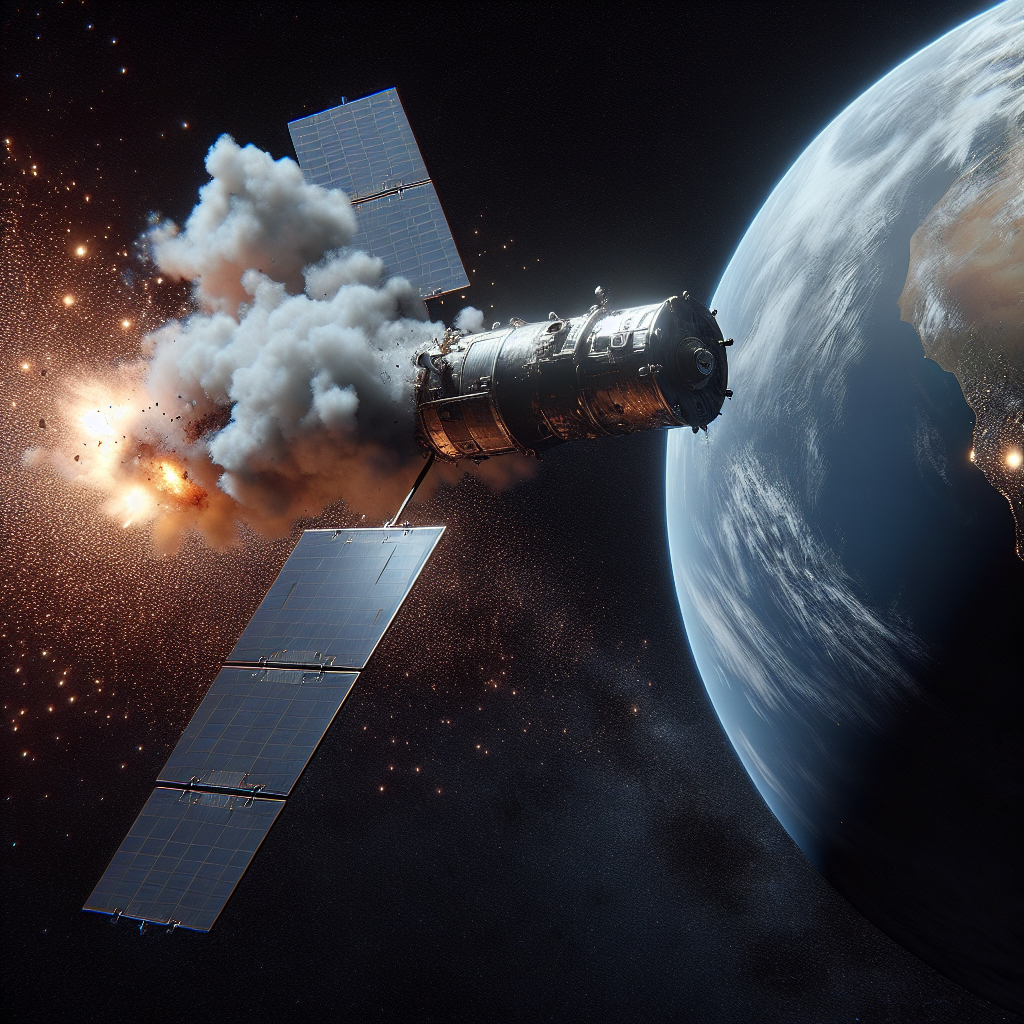SpaceX experienced an uncommon setback on Thursday when its Falcon 9 rocket, carrying a batch of Starlink satellites, encountered issues during launch.
The company had aimed to deploy 20 satellites from the Vandenberg Space Force Base in California. However, a few hours post-launch, SpaceX CEO Elon Musk announced that the rocket underwent a rapid unscheduled disassembly (RUD) while in orbit.
In a social media statement, SpaceX reported that the rocket’s second stage failed to complete its second burn, resulting in the Starlink satellites being placed into a lower orbit than planned. The company mentioned that it has made contact with five of the satellites and is working to elevate them to a higher orbit.
Musk added, “We’re updating satellite software to run the ion thrusters at their equivalent of warp 9. Unlike a Star Trek episode, this will probably not work, but it’s worth a shot.”
The Falcon 9 has had a strong track record, with nearly 100 launches last year alone. The rocket’s last failure occurred in 2016 when one exploded on the launchpad during fueling ahead of an engine test. Prior to this launch, SpaceX had successfully deployed 6,720 Starlink satellites via 180 Falcon 9 flights, according to astrophysicist and space statistician, Jonathan McDowell.
On Friday, the Federal Aviation Administration (FAA) acknowledged the incident, confirming no injuries or damage to public property. The agency indicated that it requires an investigation into the failure.
This incident emerges as the FAA is set to hold public meetings regarding SpaceX’s proposal to increase the frequency of its Starship and Super Heavy booster launches from Texas.
SpaceX aims to conduct up to 25 launches and landings of its Starship and booster annually. Currently, it is permitted five launches and 10 landings of the Starship megarocket, along with up to 10 landings of the Super Heavy booster each year from its Boca Chica, Texas facility.
The FAA plans to host four public meetings next month, including a virtual session, to collect input on the environmental impact of the increased launches. The sessions will also cover SpaceX’s plans to upgrade its megarocket.
